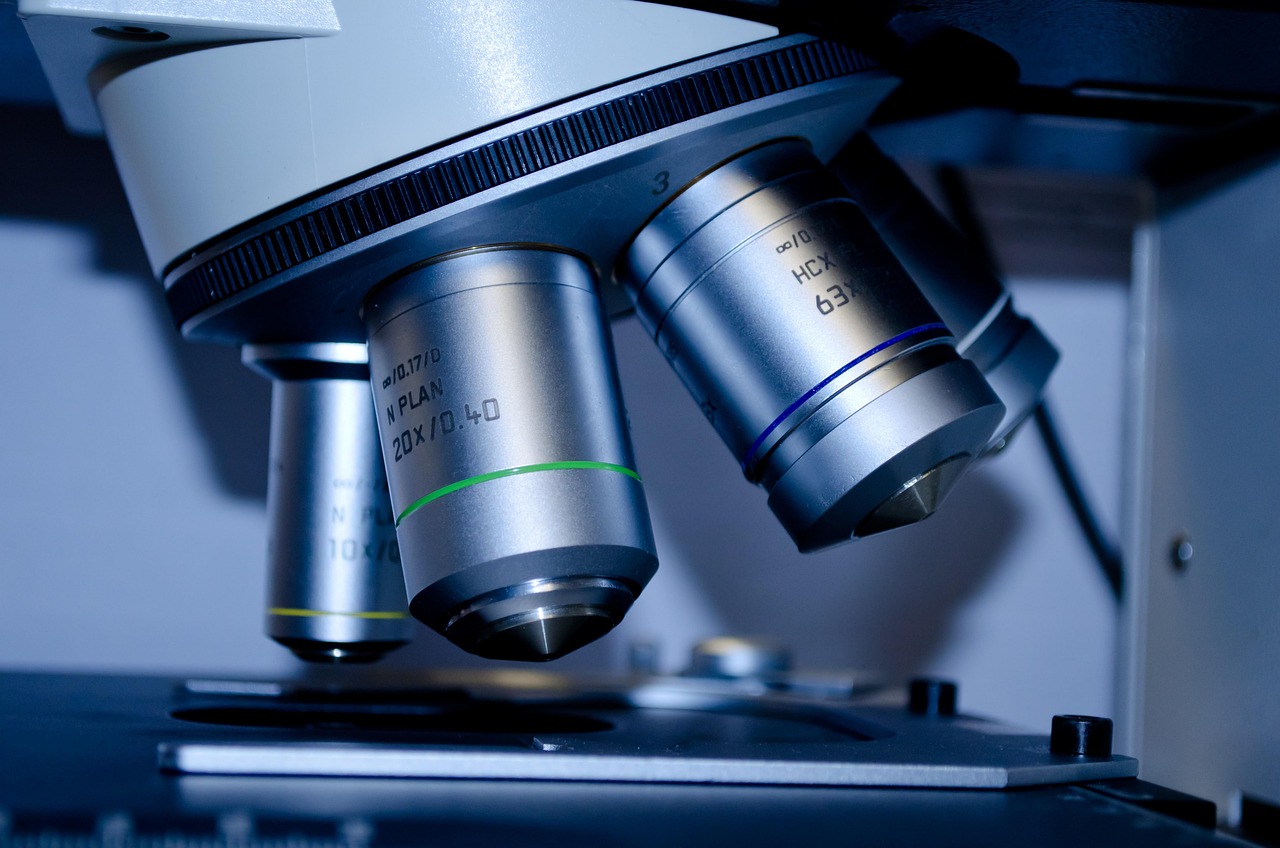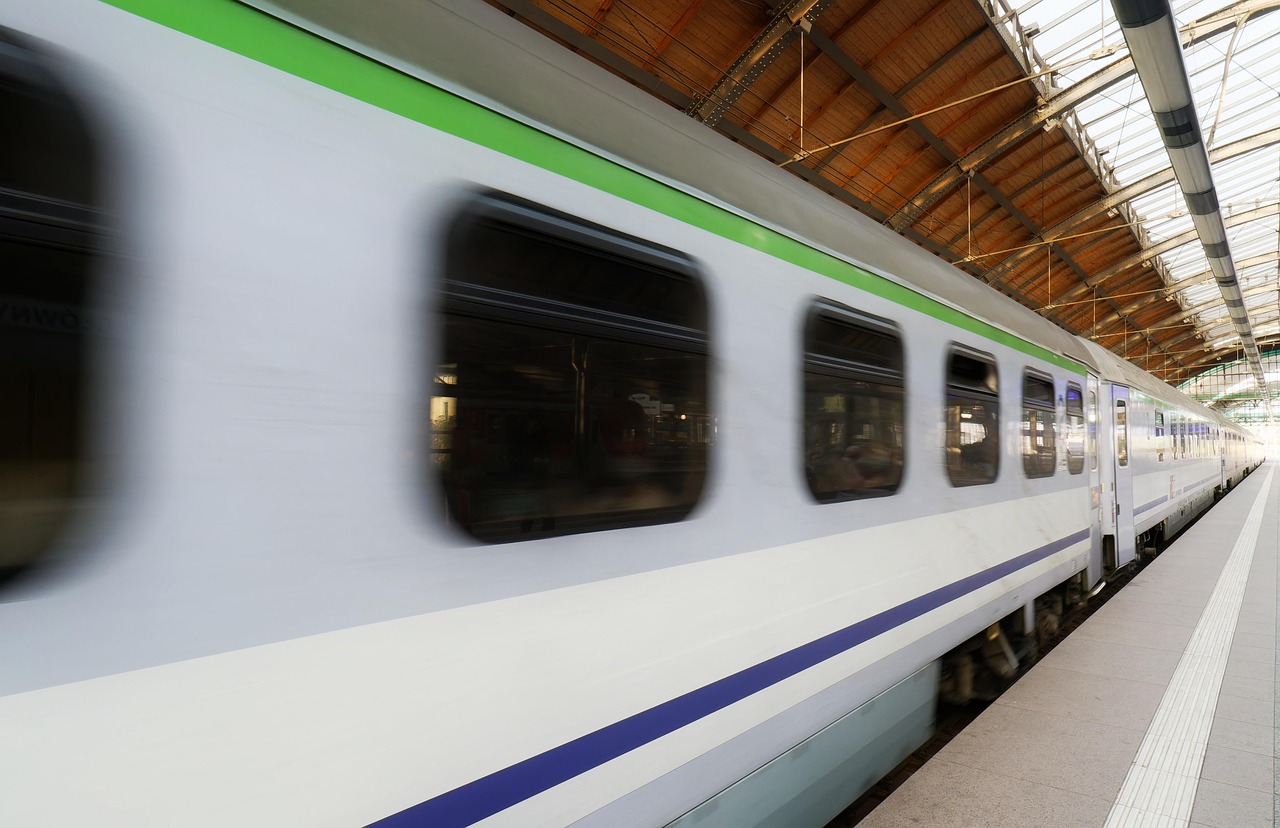iProov Palm Verifier Pilots Transform Airline Boarding Procedures

The aviation industry constantly seeks innovative solutions to enhance passenger experience and operational efficiency. One promising advancement in this domain is the integration of biometric technologies into boarding processes. iProov, a leader in biometric authentication, is currently piloting its palm verification technology in airline boarding, a move that could revolutionize the way passengers embark on their journeys.
iProov’s palm verification system employs advanced biometric scanning techniques to authenticate individuals based on unique patterns found in their palm veins. Unlike traditional fingerprint or facial recognition systems, palm vein biometrics offer a higher degree of accuracy and are less susceptible to environmental interference or spoofing attempts. These attributes make palm verification particularly suited to the bustling and diverse environments found in airports.
The Mechanics of Palm Verification
The iProov system uses a contactless approach, ensuring a hygienic and seamless experience for travelers. During the boarding process, passengers simply hover their hands over a scanner, which captures the vein pattern beneath the skin. This pattern is then cross-referenced with a secure database to verify the passenger’s identity within seconds.
This rapid authentication process not only speeds up boarding but also enhances security by reducing the likelihood of identity fraud. Furthermore, the contactless nature of the technology is particularly advantageous in the post-pandemic era, where hygiene and social distancing remain priorities.
Global Context and Implications
The implementation of biometric systems in airports is not a novel concept. Various countries have already adopted facial recognition and fingerprint scanning at security checkpoints and immigration counters. However, palm verification introduces a new dimension, offering benefits that address some of the limitations faced by other biometric systems.
For instance, in Japan, palm vein technology has been successfully utilized in banking and healthcare sectors, demonstrating its reliability and acceptance. iProov’s initiative to pilot this technology in airline boarding positions it to potentially set a new standard within the aviation industry.
Globally, the aviation sector is poised for growth, with passenger numbers expected to double over the next two decades, according to the International Air Transport Association (IATA). As such, the demand for efficient, secure, and user-friendly boarding solutions will only intensify. iProov’s palm verification technology could play a pivotal role in meeting these demands, ensuring smoother operations and enhancing passenger satisfaction.
Challenges and Considerations
While the potential benefits of palm verification are significant, challenges remain. The integration of such technology requires substantial investment in infrastructure and training. Airlines and airports must ensure that the technology is compatible with existing systems and that staff are adequately trained to manage and troubleshoot the new equipment.
Moreover, privacy concerns must be addressed. As with any biometric system, robust data protection measures are essential to safeguard passengers’ personal information. iProov must work closely with regulatory bodies to comply with international data protection standards, such as the General Data Protection Regulation (GDPR) in Europe.
Conclusion
iProov’s pilot of palm verification technology in airline boarding represents a significant step forward in biometric applications in air travel. By combining efficiency, security, and a contactless experience, this technology offers a compelling solution to the challenges faced by the aviation industry. As the pilot progresses, it will be crucial to monitor its outcomes, address any emerging challenges, and evaluate its scalability across different airports and airlines worldwide.
Ultimately, the successful integration of palm verification could redefine the passenger experience, setting a new benchmark for biometric security and operational efficiency in the aviation sector.
















